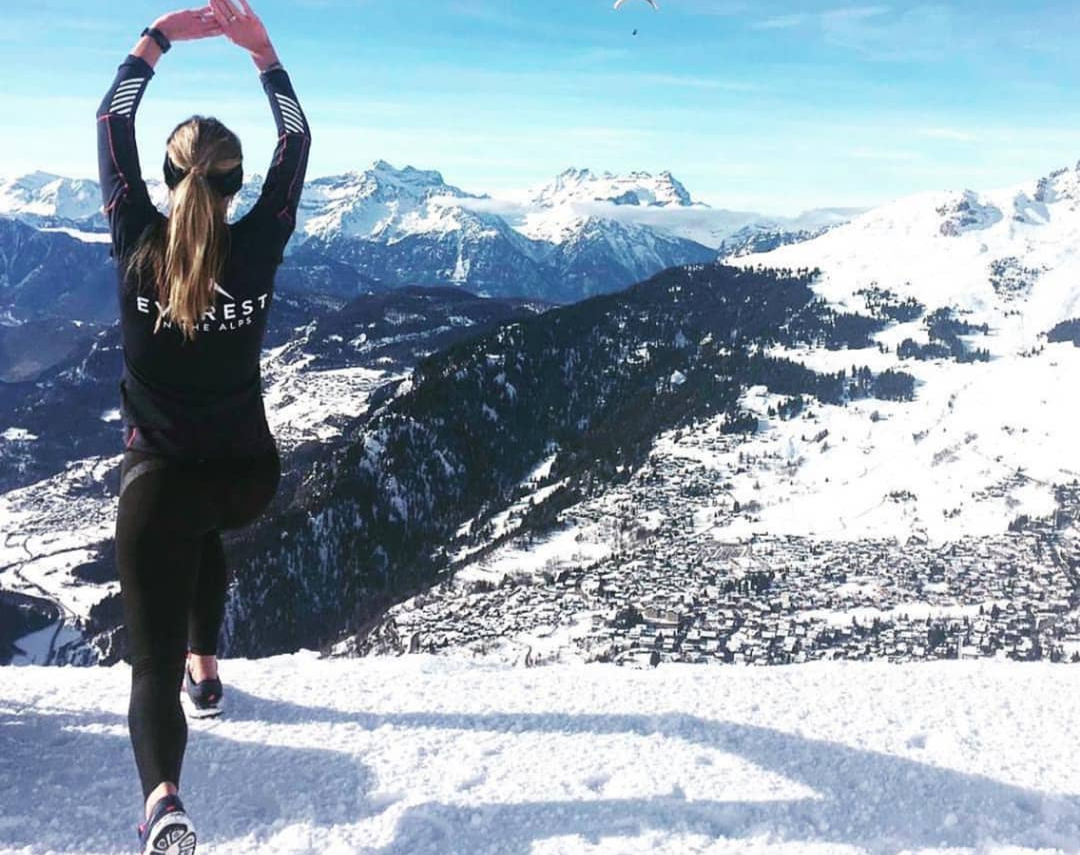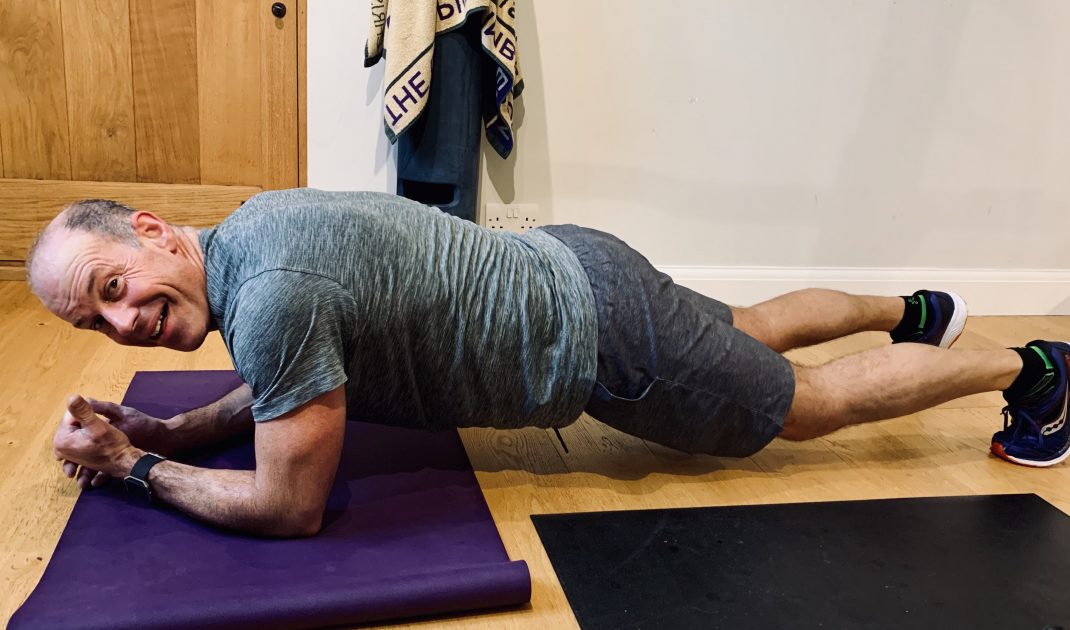Building your base for Everest in the Alps
Every summit starts with a base – and your Everest in the Alps journey begins the moment you sign up.
Training for EiA takes up to six months, designed to build you from solid foundations through to peak endurance.
The first two months aren’t about speed or extremes – they’re about building consistency, strength, and the mindset that will carry you to the top.
We asked EiA trainer Becky Scott for her best advice to help you lay the foundations for success – from smart strength work to staying motivated when life gets busy.

1. Build Your Base
Your early training is all about developing a strong, resilient body that can take on long days in the mountains.
This phase focuses on strength, endurance, and movement quality – not intensity.
Top 5 exercises for Months 1 & 2:
- Step-ups: Strengthen glutes and quads – your ski-touring powerhouses.
- Reverse lunges: Build single-leg strength and stability for uneven terrain.
- Dead bugs: Develop deep core control for balance and endurance.
- Rowing or cycling: Excellent low-impact cardio for stamina without joint strain.
- Plank variations: Build core and shoulder strength for long hours under a pack.
“Take the time to plan your weekly sessions and figure out when you can consistently train,” says Becky. “These months are about building a solid foundation for the more demanding sessions to come.”
Everest in the Alps training follows a periodised approach – building endurance and strength first, then adding mobility, flexibility and intensity as you progress.
By the end of Month 2, aim to complete around 60 minutes of steady endurance activity such as cycling, rowing, or hiking.

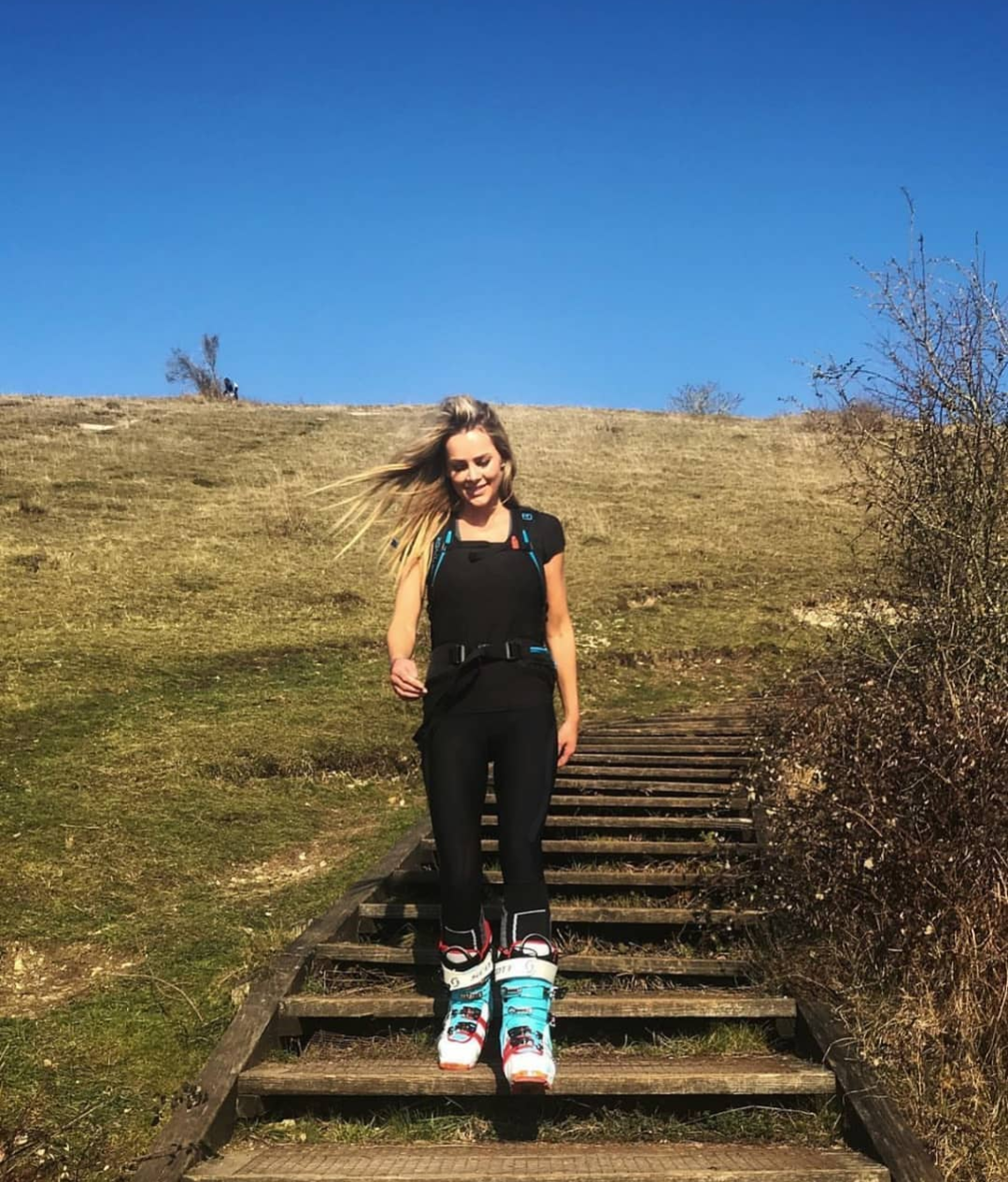

2. Steer Clear of Early Mistakes
Even the most motivated participants make small errors early on that can hold them back later. Becky highlights a few to watch for:
Not practising your fuelling and hydration
“Test what foods and drinks work for you during training – not on the mountain.”
You’ll be staying in remote mountain huts, so practise with foods that don’t need prep, can handle being squashed, and can be eaten quickly – even with gloves on.
Ignoring your day bag
Train with a similar bag to the one you’ll carry during the event. You’ll be moving for 12+ hours a day, switching between ascent and descent. The more efficient you are with your kit, the smoother your experience will be.
Jumping into high-impact endurance too soon
If you haven’t been running regularly, avoid adding it suddenly. Ski touring is endurance-based but low-impact – cycling, swimming, and rowing will build the right fitness without unnecessary strain.

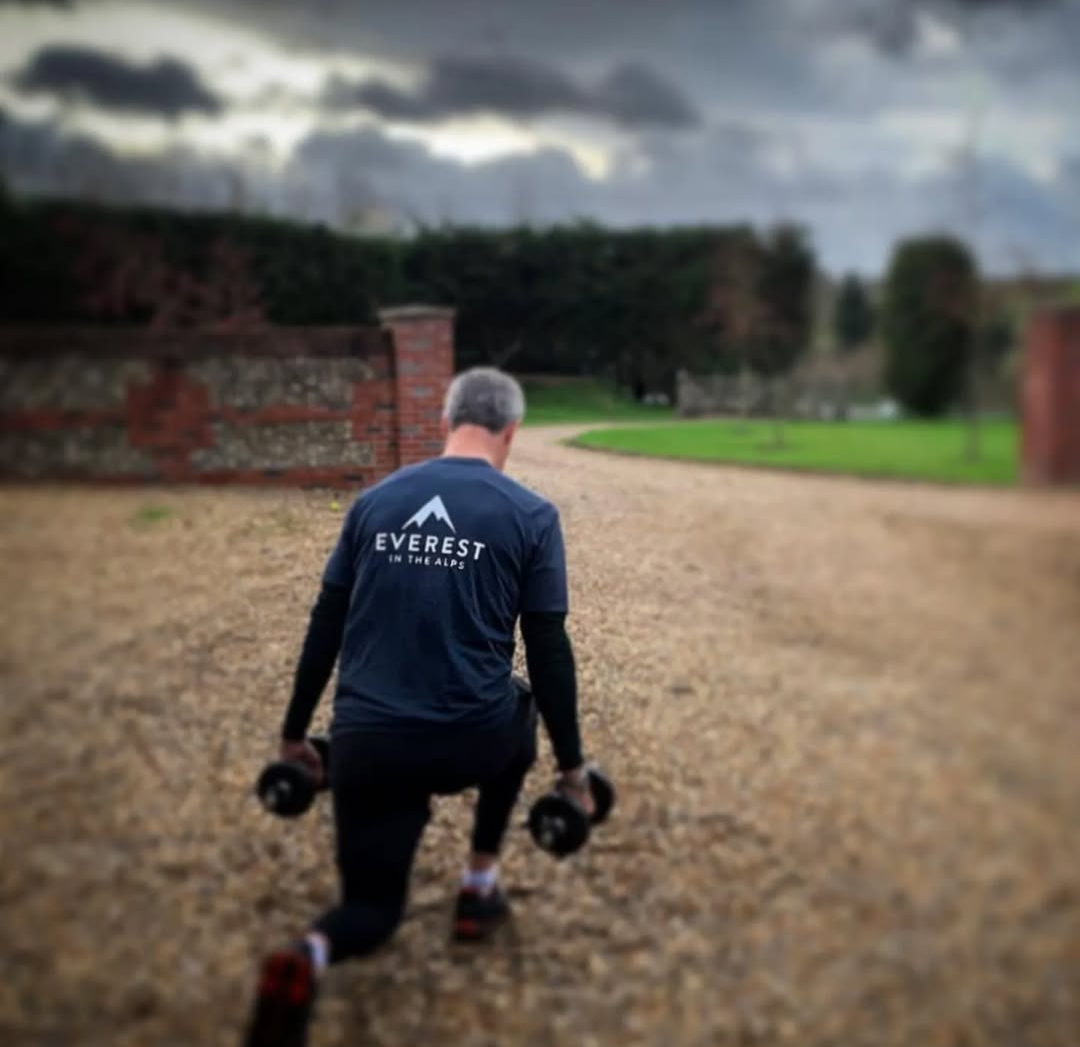
3. Fit Training Around Real Life
You don’t need endless free time – just a plan.
✔ Schedule your sessions
Block your training into the calendar and treat it like a non-negotiable meeting.
✔ Train with others
Accountability helps. Join a group, pair up, or find a training partner who shares your goals.
✔ Prioritise recovery
Stretch, move, and refuel well. Pay special attention to hips and lower back – these take the strain during long climbs.
“Regular stretching, mobility work, and good nutrition can make all the difference,” says Becky. “It’s not just how hard you train – it’s how well you recover.”
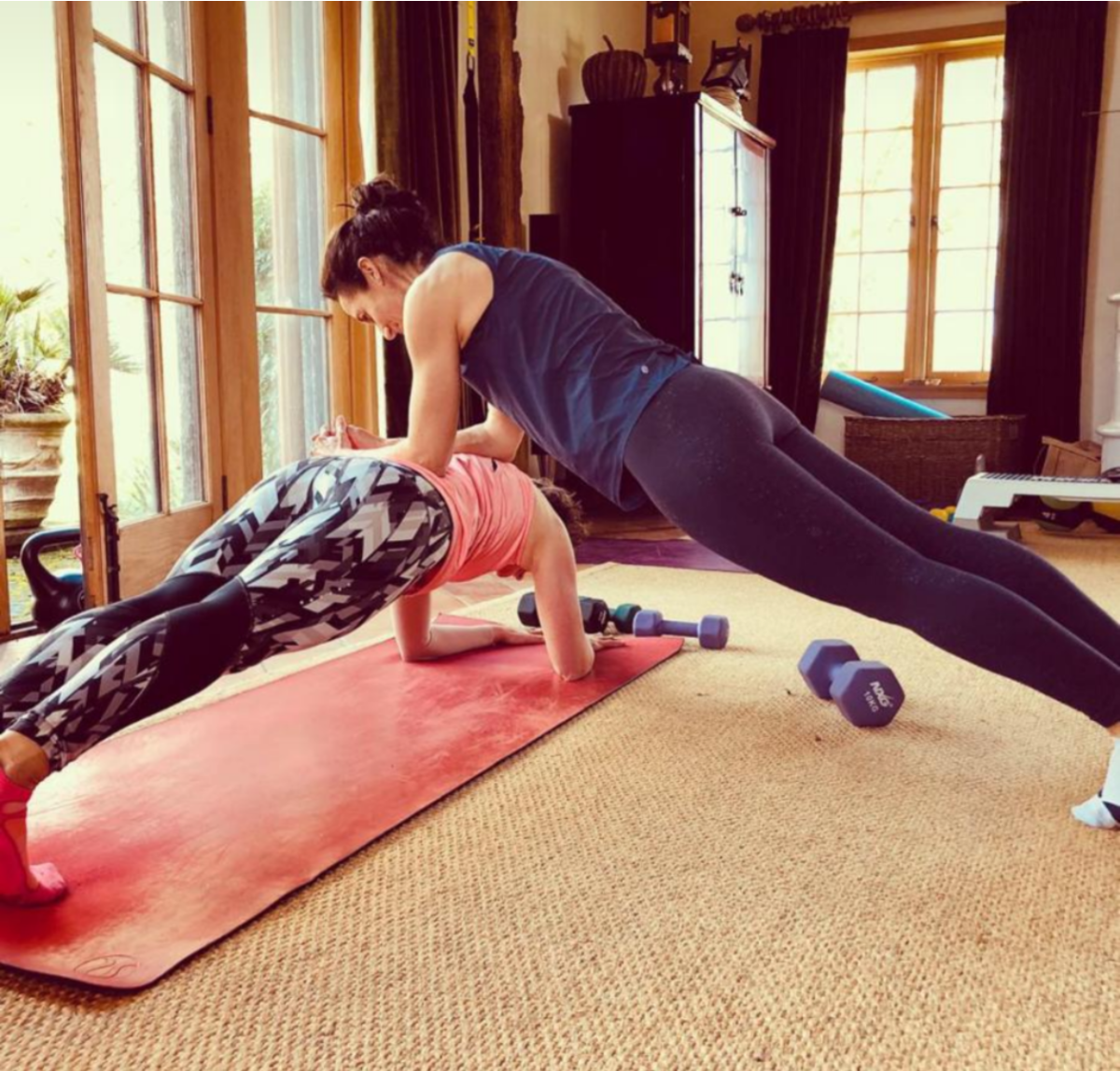

4. Train Your Mind Too
The physical training is only half the challenge. The other half happens in your head.
“This event is achievable for anyone – regardless of your starting point,” says Becky. “The real challenge isn’t just physical; it’s mental. If you can develop the mindset to keep pushing, stay positive, and get comfortable being uncomfortable, you can complete this.”
Every early-morning session, every cold-weather workout, every small win is progress.
Consistency beats intensity at this stage.

5. Month 1 vs. Month 2: The Shift
In Month 1, focus on routine: building consistency, technique, and base strength.
By Month 2, begin to increase volume and intensity gradually. Add variety – a longer endurance session at weekends, or a back-to-back training day to build stamina.
Small steps now lead to giant leaps on the mountain.
6. Make It Fun
Train outdoors whenever you can – rain, wind, and cold build resilience.
Mix it up: gym work, hill walks, cycling, strength circuits.
Track your progress – every improvement is a reminder of why you started.
“Believe in the process, stay consistent, and progress will come.” – Becky

Your Summit Starts Here
The first two months are about foundation, not perfection. Be patient, stay consistent, and trust the process – because when the snow crunches under your skis and the first light hits the peaks, you’ll know this is where all that work led.
Always consult your doctor or a qualified trainer before beginning a new exercise programme, especially one as demanding as Everest in the Alps.
Next up: Months 3 & 4 – moving from foundation to endurance power.
Explore our full six-month fitness guide at everestinthealps.com/training.
